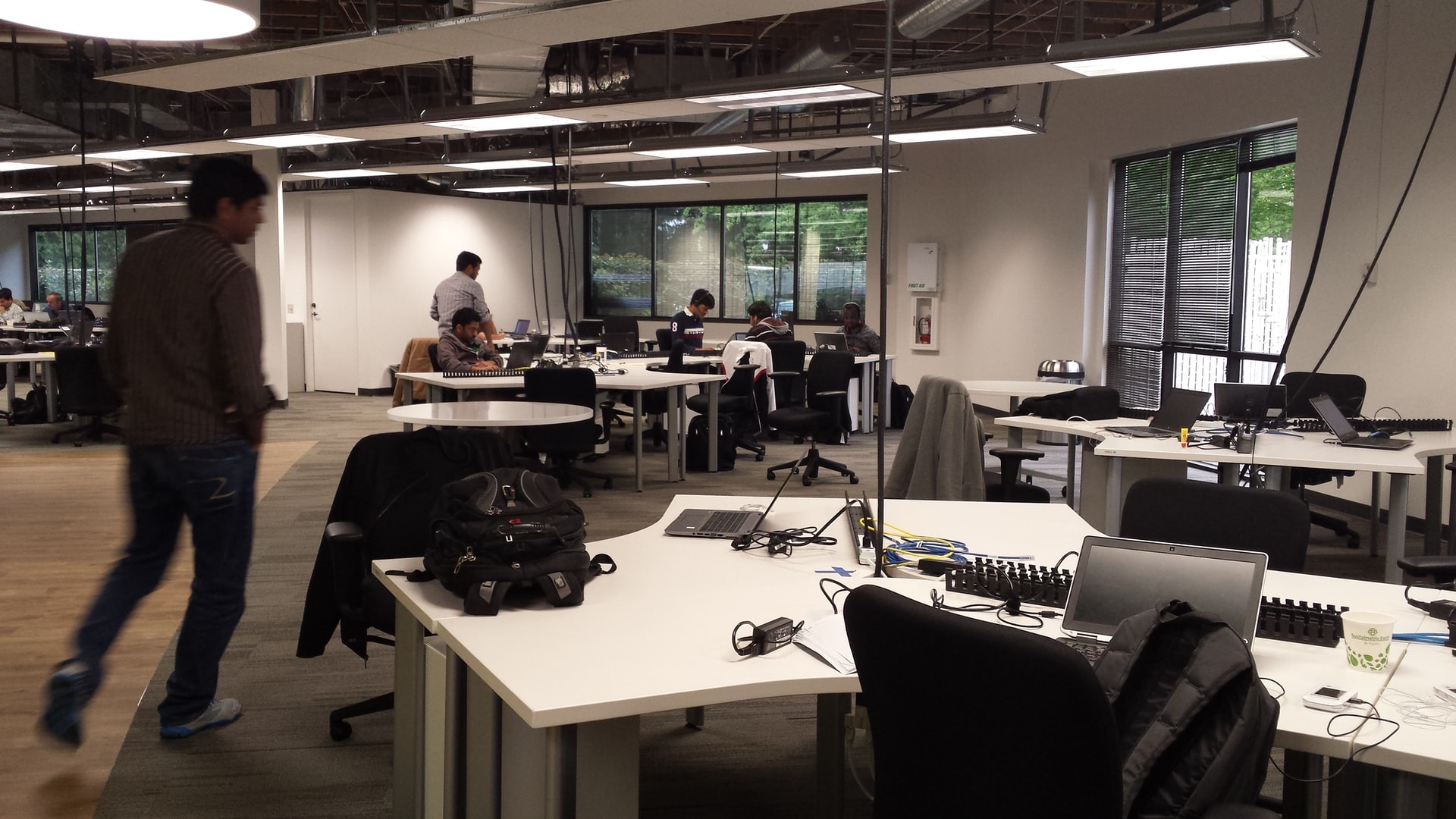Software development teams rarely cruise full-time in the project roadmap fast lane. In reality, there are potholes or even breakdowns along the way.
Sometimes teams need a specialized injection of knowledge, talent, or expertise to help them pass a rough patch. Software team augmentation is an invaluable tool helping companies in several ways:
- Leverage specialized expertise without the commitment of hiring a new employee
- Hire additional workers on a short-term basis to expand their current team's capacity
- help teams complete more complex projects and
- Help teams with a short-term workload increase
- increase efficiency and productivity for businesses by allowing teams to
Team augmentation works well when the task requires skillsets or specializations outside of what current employees possess.
How is Software Team Augmentation Different from Outsourcing?
Because team augmentation involves bringing in an outside contractor, it can be easy to confuse with outsourcing. In reality, there are some essential differences.
Team augmentation is a strategic partnership where a third-party IT provider adds specialists to an existing team to increase capacity and efficiency, providing measurable value. While placements can be brief or long-term, they are usually only for part of the project.
Outsourcing involves commissioning an external partner to take complete responsibility for specific tasks or processes, allowing internal teams to focus on their core activities. Companies often engage in outsourced services for the duration of a project for many services, including system integration, application development, consulting, and support services.
Are you experiencing a rough patch on your roadmap? Below we look at four signs that suggest you may need to consider team augmentation.
Difficulty Scaling
In a recent study, 86% of companies said that the lack of software development professionals is the most significant barrier to achieving their goals. That stat has obvious implications for the hiring timeline. Sourcing and recruiting in-house talent takes time, and existing projects can't always wait.
Companies can work with a team augmentation specialist to place temporary help while simultaneously working on recruiting and hiring in-house talent.
Team Expertise Gaps
Team augmentation works best when companies plan ahead. Veteran teams conduct a skill audit before the project starts to evaluate the current team's skill set and pinpoint areas needing extra support, but that does not necessarily justify a full-time employee.
This might include members with specific technical expertise, such as a UI/UX specialist or someone experienced in machine learning and artificial intelligence algorithms. It could also encompass non-technical roles like a project manager or product designer.
Team augmentation works best when companies plan ahead. Share on XFor example, if you're working on a consumer app that needs to communicate with web services and third-party APIs, recruiting an expert who understands software design principles and debugging techniques can ensure that the interface responds quickly and efficiently.
Team augmentation can optimize team performance with careful consideration of each project's particular requirements and goals.
Cost Overruns
Even when teams carefully invest in project tracking tools to ensure timely delivery and stick to well-defined feature scopes with vendors, unexpected cost overruns can happen. Cost overruns are often a result of schedule delays. Some delays are impossible to predict, such as illness in a key team member, team attrition, or unforeseen delays outside the team's control.
If your project is running over budget, it may seem counterintuitive to staff up with a temporary team member. However, it's possible that doing so will allow the project to get back on track and save money and time in the long run.
Stalled Productivity
In software development, productivity can often stall due to team size and limited resources.
Teams that are too small struggle to produce a quality product within an acceptable timeframe. Team members may also feel stressed and overworked, increasing the odds that they may look for work elsewhere. Team attrition hits small teams especially hard.
Large teams can experience productivity lags as well. They may need specific expertise in a critical area. A delay in one area will affect the overall schedule at some point.
Companies can turn to outsourced software development and team augmentation strategies to address stalled productivity, such as bringing on a contract developer or additional resources.
For example, if a team has mostly junior developers, bringing in additional senior-level engineers can speed up output while at the same time providing additional oversight to ensure that the junior team is as productive as possible.
In another case, if there is a particularly complex problem with the project's scope or functionality, companies may bring an expert consultant on board to troubleshoot and help the team get back on track.
By providing strategic support from outside sources, team augmentation tactics can help to prevent stalled productivity on a software development project and keep progress moving forward towards completion.
Moving Ahead
By consulting external specialists, businesses can ensure that these additional resourcing needs are filled quickly without sacrificing quality. Ultimately, team augmentation is an excellent choice for companies looking to fast-track their initiatives while still maintaining exceptional work output.
Are you seeing any of the above signs that you might need team augmentation for your project? Or are you in the planning stages and hoping to avoid bumps in the roadmap?
At Sharkbyte, we have experience with both scenarios - mid-stream team augmentation as well as road map planning. We specialize in local or nearshoring placements with vetted talent. Contact us today to talk about your team augmentation strategy.
Best Practices for Software Development Staff Augmentation
- Conduct a skills gap audit early in the roadmap process.
- Focus on communication skills as well as technical knowledge.
- Check for cultural fit with your local team.
- When augmenting with multiple hires, ask for one point of contact with the staff augmentation team vendor.
- Don’t try to use staff augmentation to outsource complete projects.
- Establish and maintain meticulous documentation so you always have knowledge transfer within the projects.



